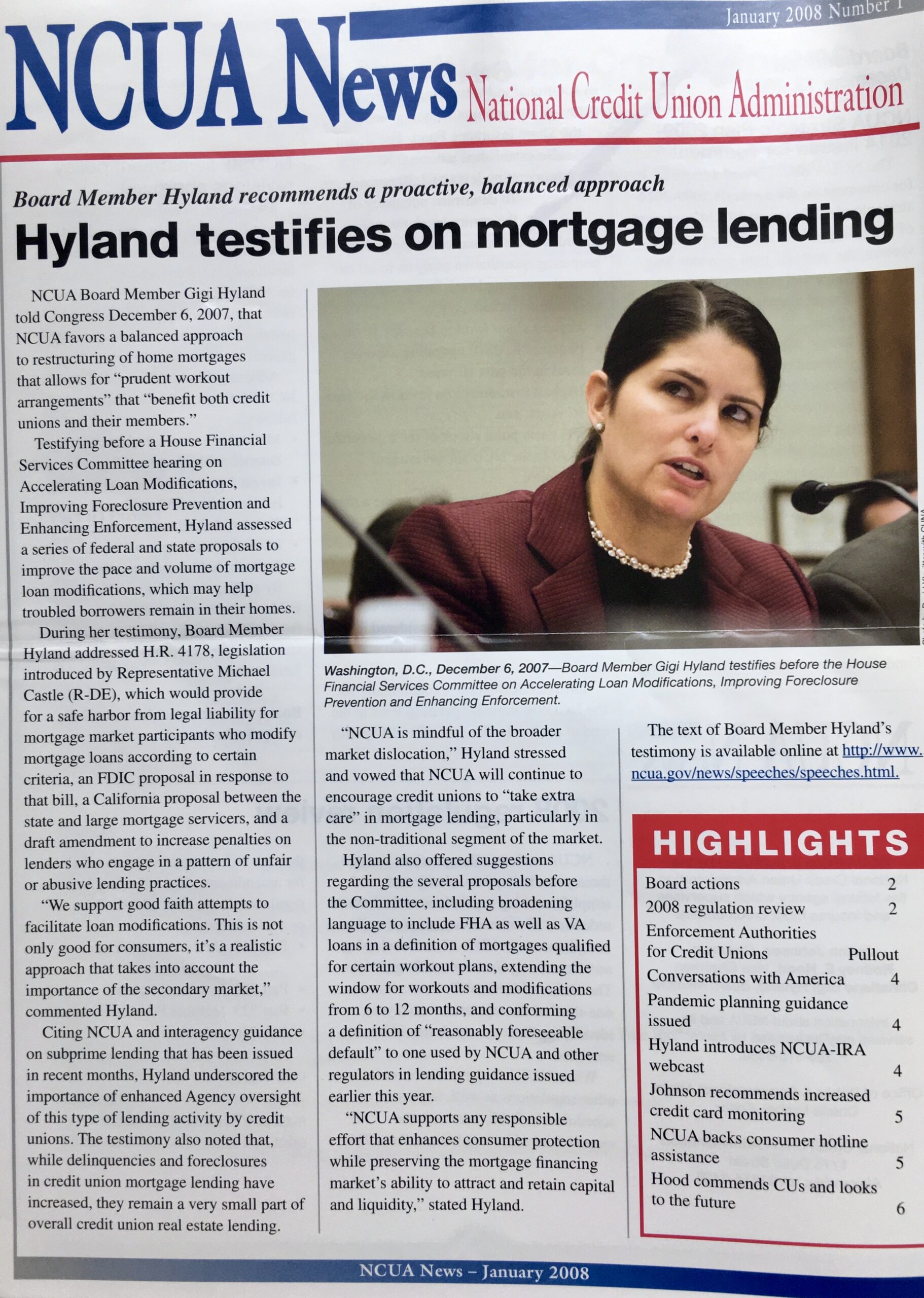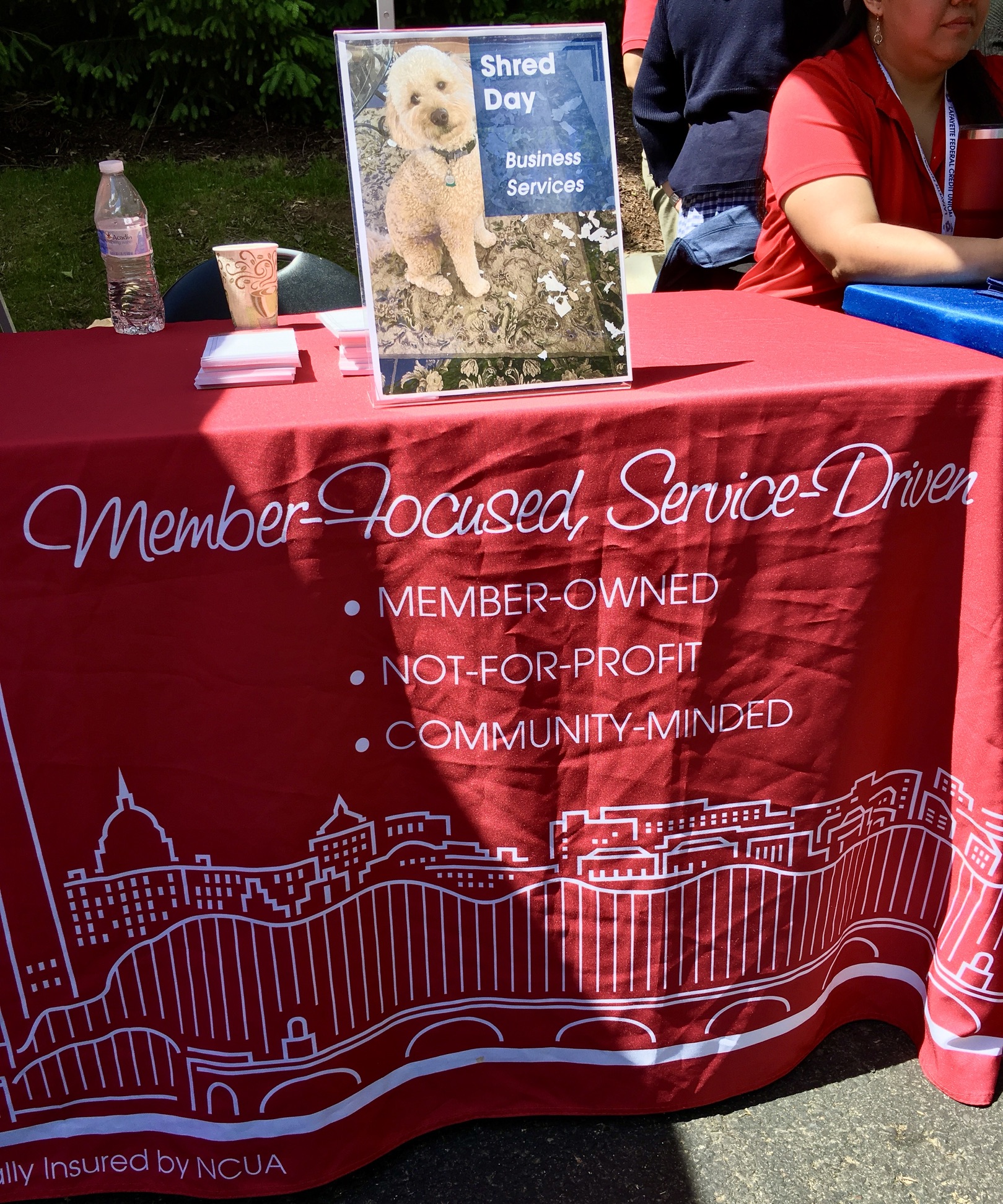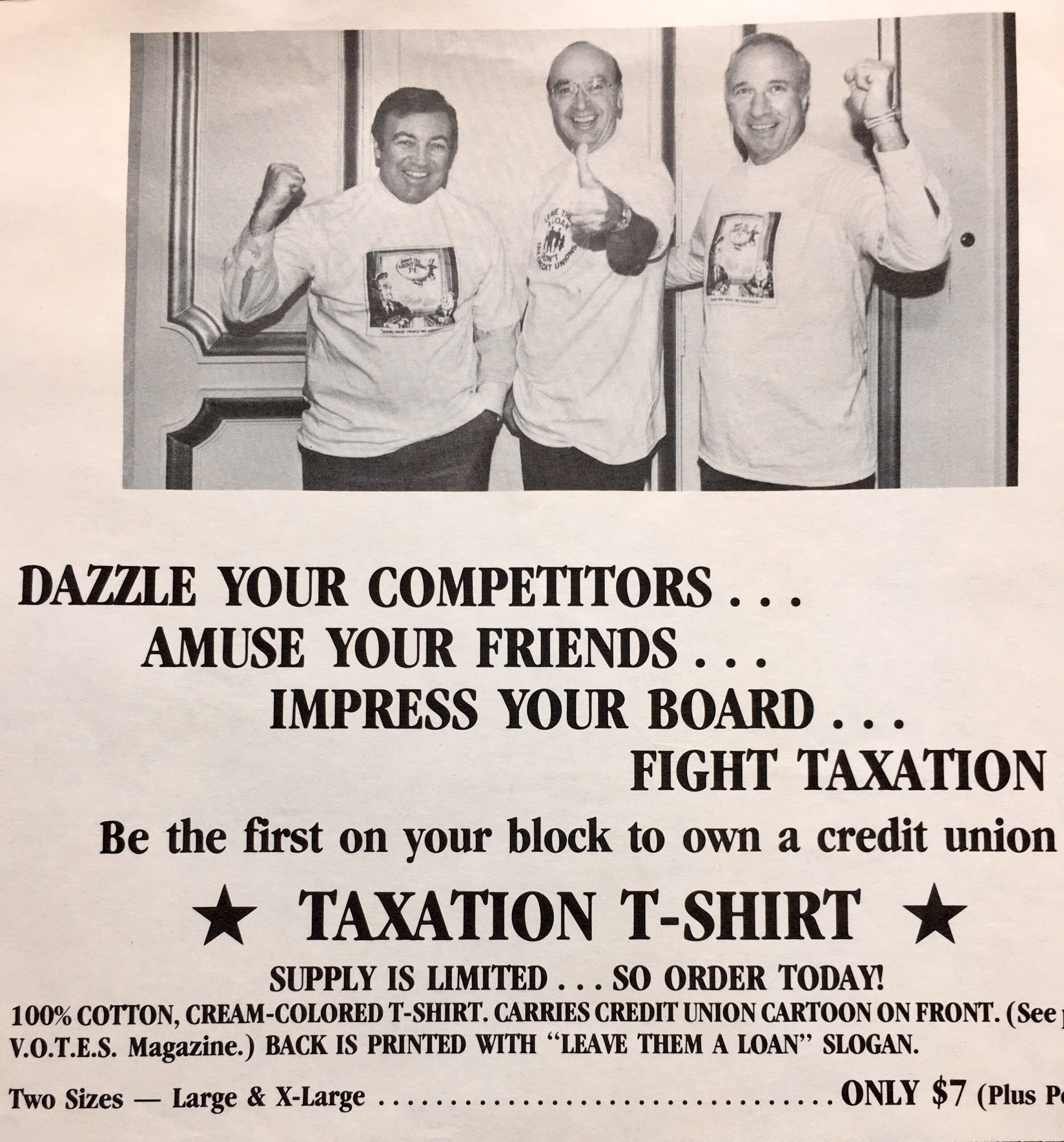Worried about new fintech competitors? Liquidity tight and interest margins narrowing? Hard to find competent, affordable staff? Growth too slow? Delinquency rising? CFPB and NCUA about to cap fees-reducing ROA?
There is one surefire solution to all these ill winds every credit union faces. It is touted and practiced by CEO’s of all credit union sizes. Consultants are marketing their multiple processes for implementing this universal solution.
The magic formula is Merger. And incidentally, if you are not the surviving credit union, the payoff can be even greater than keeping your regular “day job.”
As this siren song travels across the cooperative waves, two skeptics have written critiques. One humorous and one listing what member-owners should know when asked to vote on this event. Here are their thoughts on this all encompassing panacea being touted by credit union saviors today.
An Elder Learning Fable
A story-metaphor by Ancin Cooley, Principal , Synergy Credit Union Consulting and former OCC examiner.
Grandson Hey, grandma. How are you doing?
Grandma: I’m good, baby. How are you doing?
Grandson: Grandma, I was wondering… I heard you did something with the house?
Grandma: Yeah, baby, I went ahead and let the next-door neighbor merge with my house. Now we are all together in one big house.
Grandson: When did you decide to make that decision?
Grandma: Oh, baby, we decided a couple of days ago.
Grandson: The house had $500,000 in equity, Grandma. You just gave that away?
Grandma: Yup, they didn’t give me any money.
Grandson: What!?!?
Grandma: I got better cable and better air conditioning.
Grandson: Services?!?! Grandmother, with your equity, you could’ve bought cable and air conditioning. You didn’t have to give it all away.
Grandma: I know, but this nice person came over and said we’d just be better together.
Grandma: I’m happy. I can watch Judge Judy as many times as I want now.
Grandson: Who presented you with this idea?
Grandma: It was our property manager. He said the cost of keeping the house maintained was going up.
Grandson: Let me see the contract…. Grandma, the manager got $50k of your equity when you merged. That’s why he brought up the idea.
Grandma: Baby, you are blocking the TV.
What Member-Owners Should Know before Voting in a Merger
CEO Daryl Empen of Gas and Electric Credit Union (GECU) in Rock Island, Illinois sent comments motived by multiple merger announcements in the state.
In addition to his CEO longevity, Daryl’s entire leadership team posts their pictures and direct phone numbers on the credit union’s home page under the heading: Meet Your Credit Union. His thoughts.
I cannot recall a merger in any industry that has led to better member service. That’s not to say that mergers can’t bring benefits. But more often than not, it means that consumers lose a voice and a say in things.
Credit Unions are one of the last 100% member-owned industries. As a member-owner, you should have a voice in your credit union, and certainly be fully informed about all of the areas below when asked to vote in a merger transaction.
The Minimum Disclosures Member-Owners Should Receive
Credit union mergers have been happening for decades. Some forced by regulators, some voluntary. There are a multitude of legitimate reasons. But as I celebrate 32 years in this industry, it is still sad to see the pace of mergers pick up every year.
When we lose our small credit unions, we are losing the heart and soul of our movement and the multiple earned legacies that make credit unions special. No matter the size, credit unions are still member-owned, not-for-profit financial institutions. But as we grow larger, whether organically or through mergers, members have less of a voice than at most smaller institution. I fear that we are becoming just another industry, instead of a movement.
Eleven Areas for Disclosure
If I was a member of a credit union being merged into a larger credit union, what questions should I be asking? Merger announcements tend to use generic statements like “economies of scale, synergies, shared philosophy of member service”. These all may be true, but are incredibly generic and tell you nothing about specific benefits.
Based on my experience, as both the President of a credit union, and a member-owner, here are some of those areas I would ask about.
1.Additional services. Some credit unions cannot afford today’s technology and electronic services. So this is a legitimate issue. What makes the surviving credit union’s version of your products better?
2.Operating expense ratio. If the larger CU has a higher expense to assets ratio, that’s not a sign of economies of scale. If the argument is the larger you are, the more efficient you are, then your operating expenses should be lower. This is not always the case – size doesn’t always equal efficiency.
3.Personnel. Will employees from the merging credit union be offered employment with the surviving credit union? What will their new positions and salary be after the merger is completed?
A list of all post-merger promotions with new position and salary should be provided.
Describe the details of any retirements or severance packages because of the merger.
4.Average Salary Expense. This is directly tied to average operating expense, as salaries and benefits are usually the largest component of our expenses. What are the wages of the top management? Are they reasonable? All state-chartered credit unions file IRS Form 990 tax return which are public and contains the salaries of the CEO and highest paid employees. This information is should be included in the merger information, whether state or federal charter.
5.Net Worth. It is common that a smaller credit union will have a higher net worth or capital. If your net worth is significantly higher than the surviving credit union, will a bonus dividend occur before the merger? If not, why?
6.Cost of Funds/average dividend per member. A larger credit union should be able to pay better rates on savings products, especially if they are touting “economies of scale.” If the larger credit union’s rates are not better, what is the benefit to you as a member?
7.Average Loan Rates. Again, the surviving credit union should be able to charge lower rates on their loans with better economies of scale. If their average loan rates are higher, ask why.
8.Member Service. To some members, personal service is not important To others, it is THE most important item. Does the surviving credit union have a call center? Use ITMs not personal tellers? How easy is it to talk with a live person?
9.Costs of the merger. There are costs involved with any merger – paying out of the remaining terms of vendor contracts can be huge. Communications and advertising is another cost. Are there any bonuses or incentives being paid? How much will the merger cost?
10.Repesentation. Will you be represented on the new Board of Directors. Will your credit union have a seat ?
11.The Process. Who reached out to start the merger discussion? Did someone research other credit unions to make sure they were finding the best fit? If they didn’t, why not
We find it is often the larger credit union that makes an unsolicited proposal, or uses a third party to seek merger partners. In my 30+ years at GECU, we have never approached another credit union about merging. They have all approached us first. I always encouraged them to research other credit unions, as they have an obligation to their membership to find the best fit and best value.
Close
When asked to give up their long serving credit union charter with its multiple legacies of goodwill and accumulated collective wealth, members-owners should be provided specific details as to why they should approve ending their independence. This is not happening today. Transparency is critical for trust in a member-owned institution.


.4e964e48.jpg) Been searching for years for the original Indian meaning of that name. Recently, a friend told me he knew the origin. He said, it’s in the dictionary: “Uwharrie” means “unknown”. Really? Asked him for a copy of that reference for my files. Sure enough, the following week, in came a copy of the dictionary definition. It said: “Uwharrie – adj., probably from an ancient tribal name; meaning unknown.” Perhaps I just need to pick better friends….
Been searching for years for the original Indian meaning of that name. Recently, a friend told me he knew the origin. He said, it’s in the dictionary: “Uwharrie” means “unknown”. Really? Asked him for a copy of that reference for my files. Sure enough, the following week, in came a copy of the dictionary definition. It said: “Uwharrie – adj., probably from an ancient tribal name; meaning unknown.” Perhaps I just need to pick better friends…. “Downtown” the candy-striped awnings and improvised handicap ramp of Badin Town Hall and Police Department adjoin the Masonic Lodge #637. Then comes the post office with its single window, fleet of post office boxes, and well-used community bulletin board. Shading the post office is Memorial Park, flanked by a cedar tree honor guard for the seven Badin soldiers who died in World War II. And, out of sight up a short dirt road, is the best named roadhouse on the planet: The Bottom of the Barrel Disco and Cafe; now vacant, having recently burned to the ground. Bet that last party was a great one. Sorry to have missed it!
“Downtown” the candy-striped awnings and improvised handicap ramp of Badin Town Hall and Police Department adjoin the Masonic Lodge #637. Then comes the post office with its single window, fleet of post office boxes, and well-used community bulletin board. Shading the post office is Memorial Park, flanked by a cedar tree honor guard for the seven Badin soldiers who died in World War II. And, out of sight up a short dirt road, is the best named roadhouse on the planet: The Bottom of the Barrel Disco and Cafe; now vacant, having recently burned to the ground. Bet that last party was a great one. Sorry to have missed it! The beauty of Credit Unions used to be something you couldn’t easily wrap, bottle, or “spin”. Badin FCU is no longer there to make a difference – gone the way of merger. There are no longer any banks or credit unions in Badin. The aluminum plant, too, is gone.
The beauty of Credit Unions used to be something you couldn’t easily wrap, bottle, or “spin”. Badin FCU is no longer there to make a difference – gone the way of merger. There are no longer any banks or credit unions in Badin. The aluminum plant, too, is gone.


